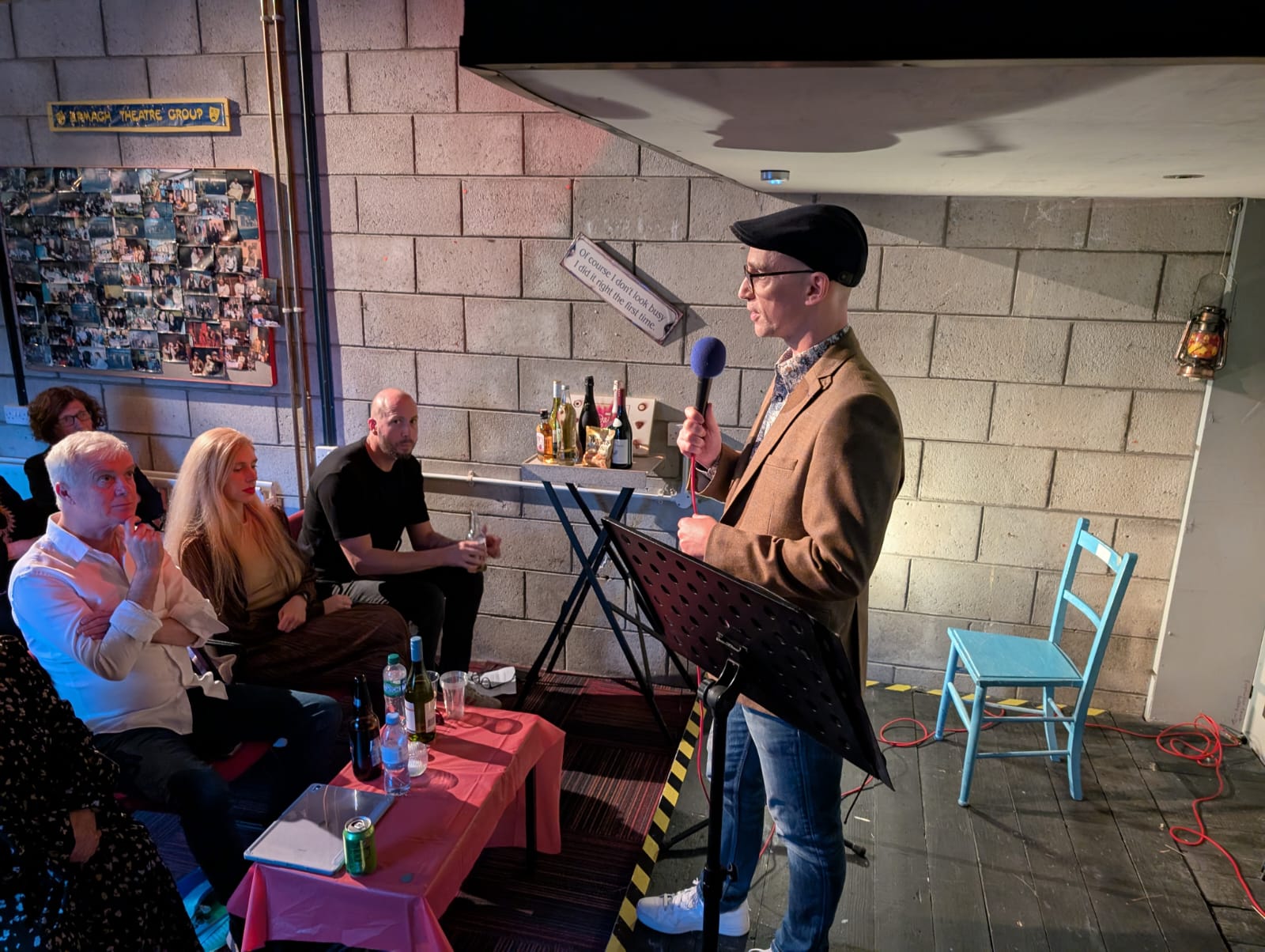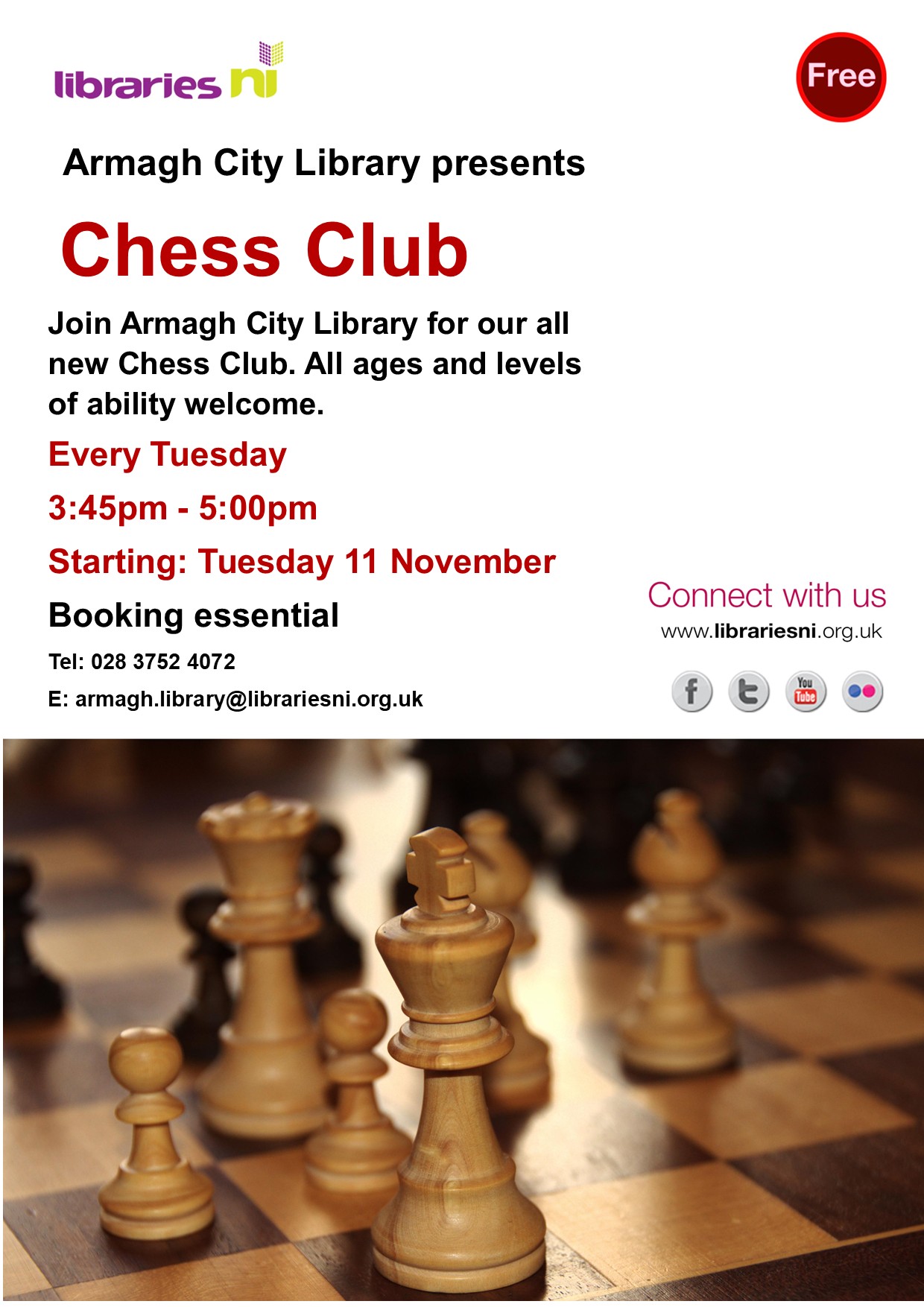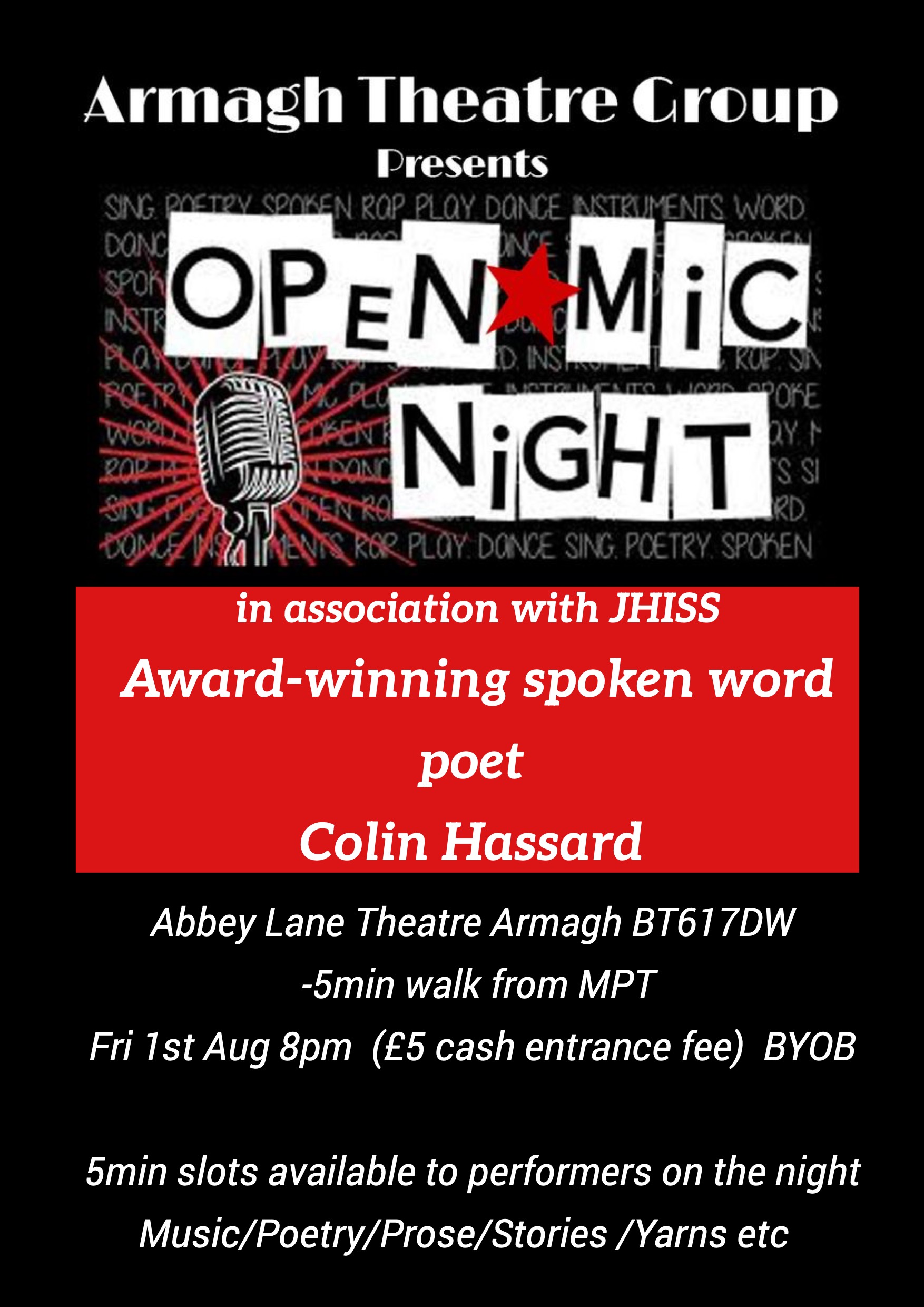- Basic
- Standard Compliant Channels
- $50
- Completely synergize resource taxing relationships via premier market
- 1 GB of space
- Support at $25/hour
- Sign Up
- Premium
- Standard Compliant Channels
- $100
- Completely synergize resource taxing relationships via premier market
- 10 GB of space
- Support at $15/hour
- Sign Up
- Platinum
- Standard Compliant Channels
- $250
- Completely synergize resource taxing relationships via premier market
- 30 GB of space
- Support at $5/hour
- Sign Up
The arrival of Malachi and Tim's long-awaited 'baby' was celebrated with their biggest fan at an emotional
box opening ceremony this weekend.
Feeling very moved, and choked up at the time, was the photographer and Godmother Byddi - (who apologises for the slightly out of focus snap).
We can assure guests at the launch, The Unknown Poet is well in focus.
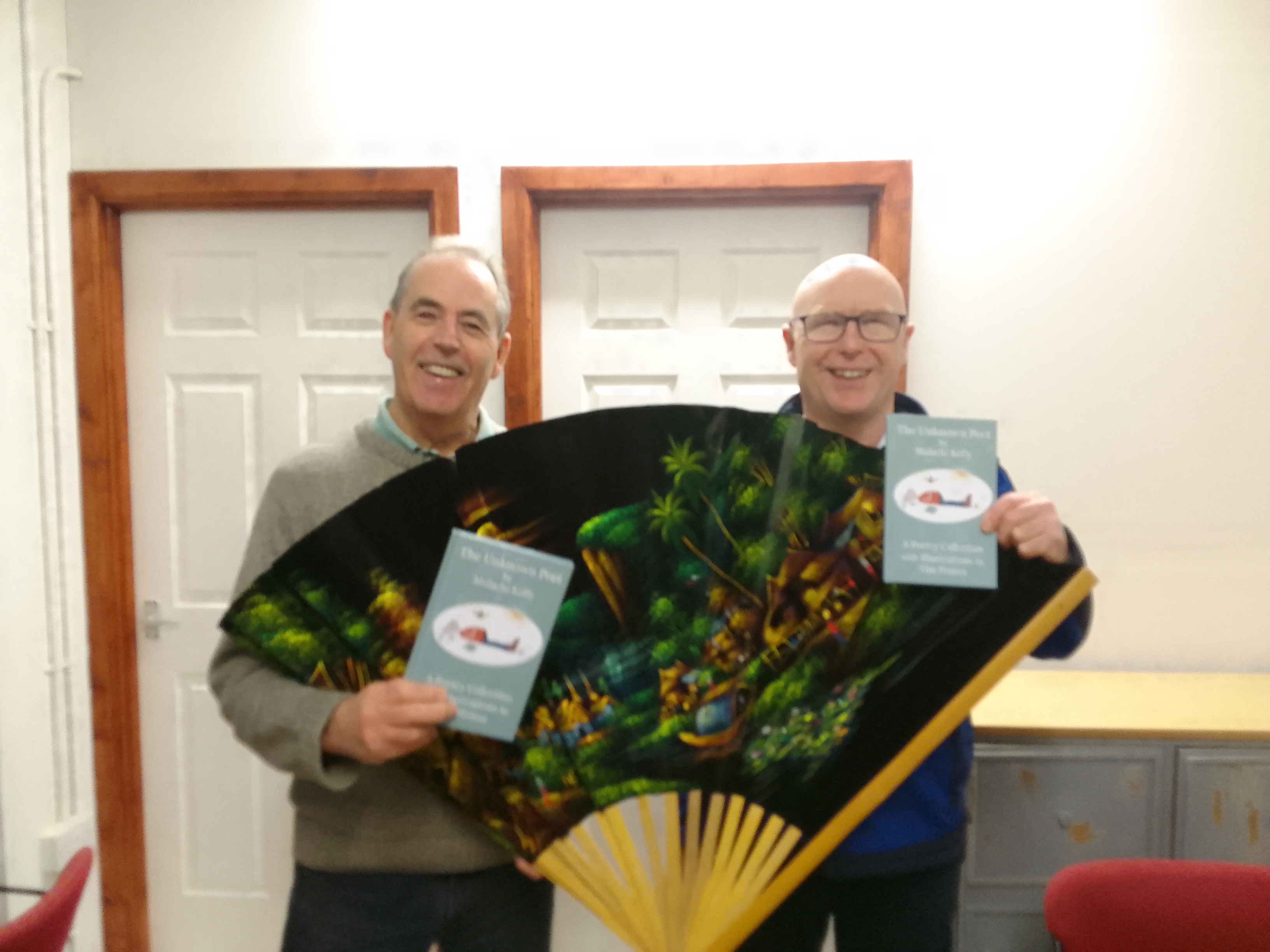
REMEMBER All welcome to the 'christening- launch' to wet the baby's head, namely The Unknown Poet!
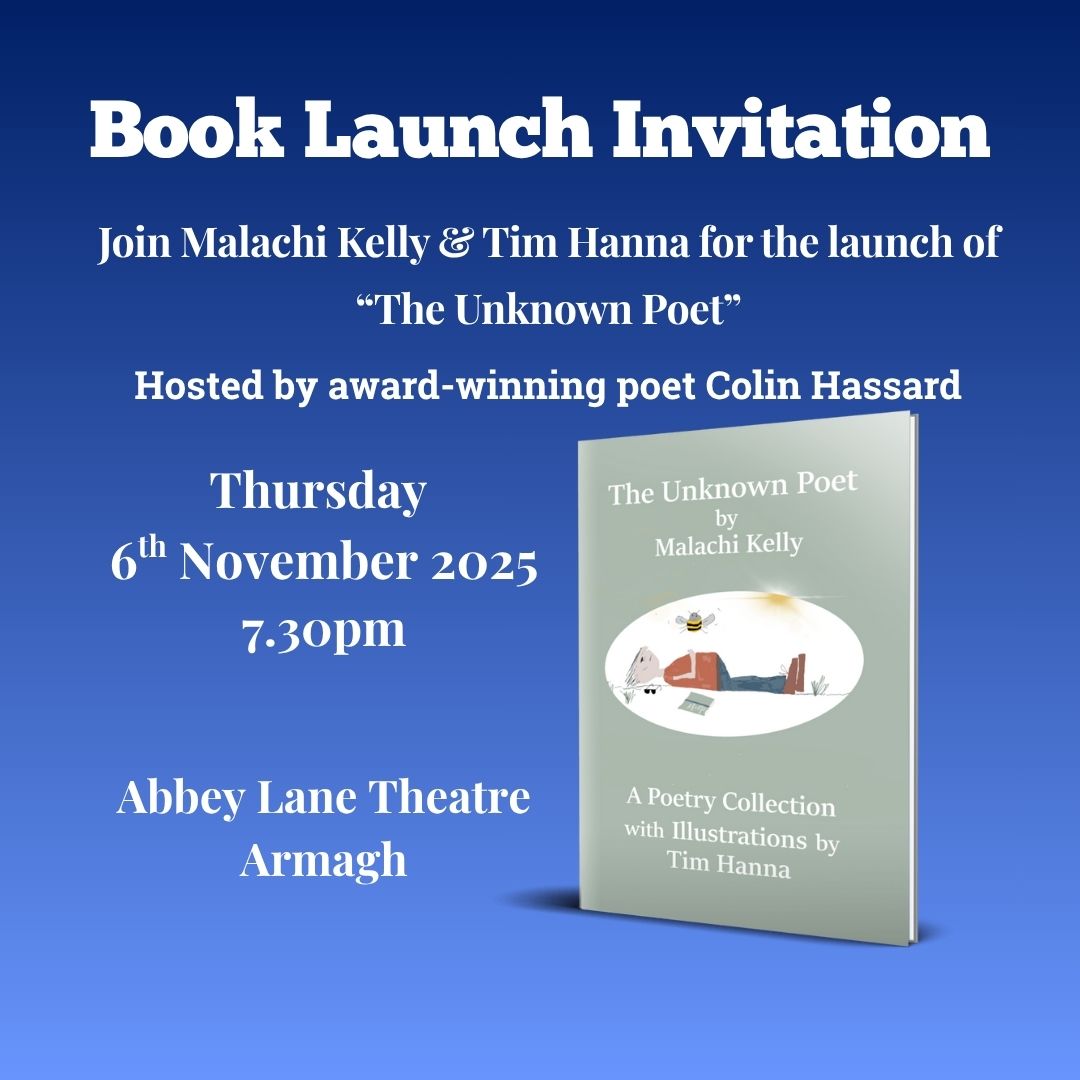
Special launch night price of £12 for this poetic artistry. Drinks reception, music from Eoin Kelly and FREE RAFFLE for a framed copy of the cover poem!!!
To celebrate Book Week NI, Armagh City Library is holding a Book Quiz on Tuesday 21st October, 6:30pm-7:30pm.
Also for Book Week NI, Wednesday 22nd October is Love Your Library day and we hope to get as many people as possible to
visit the library to help us complete our ‘Why I Love My Library’ display, and to enjoy some refreshments.
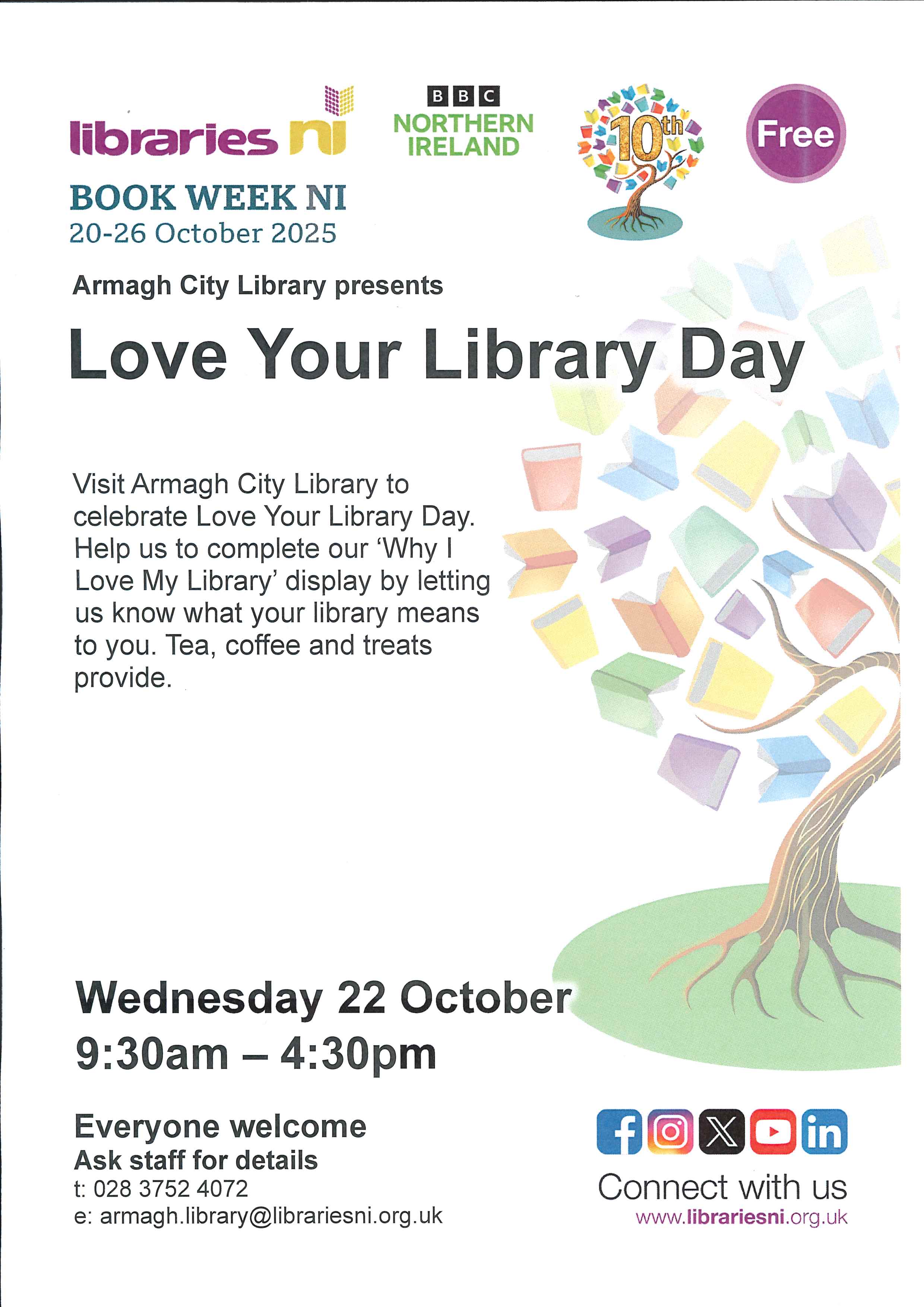
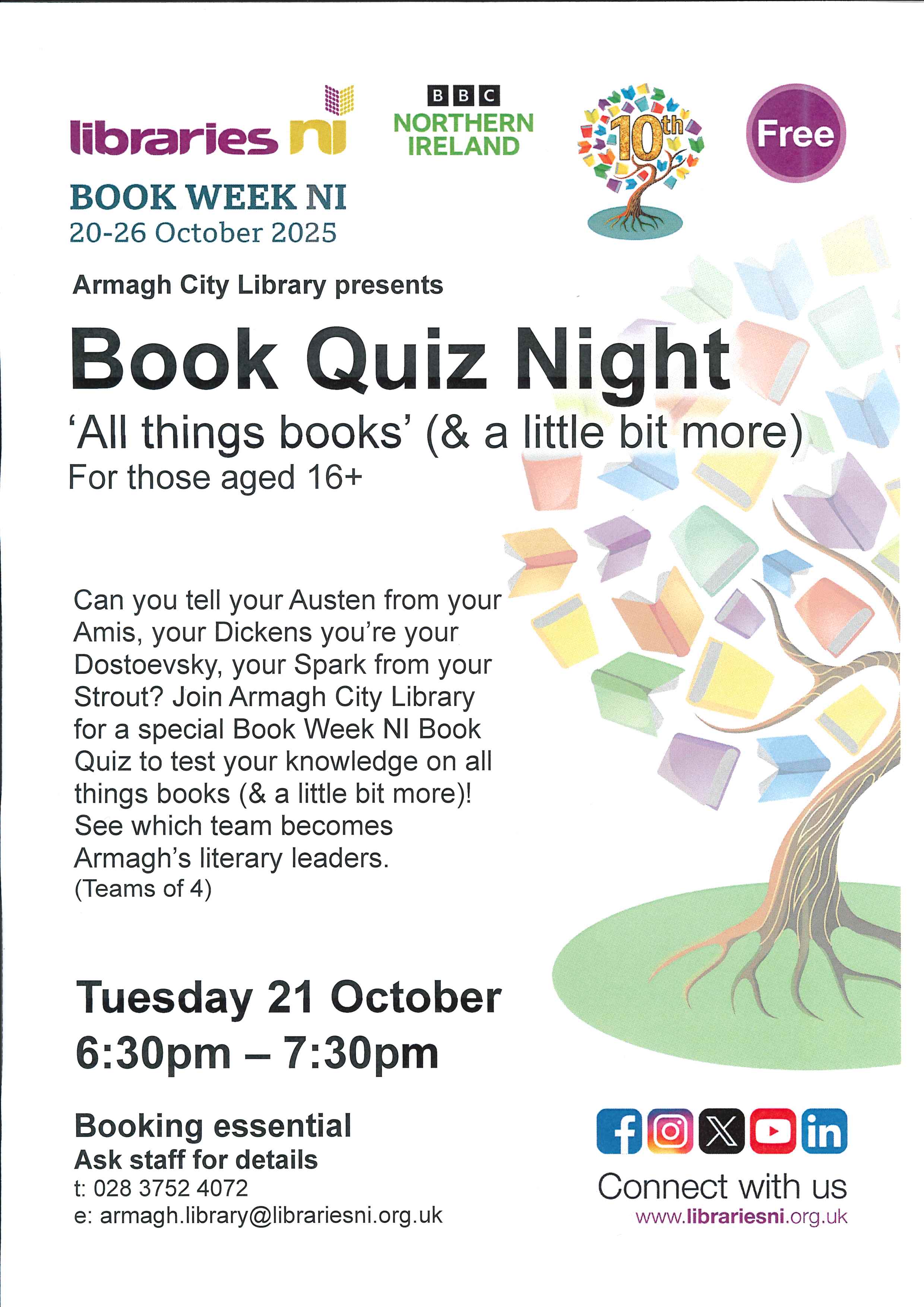

Our wonderful librarians in Armagh Library will be hosting this informal Poetry Club starting Wed 1st October.
This offers local poets, bards and scribes the opportunity to read their work, discusss ideas to write and
share experiences in the art of poetry. ( and maybe a free coffee)
Set in the relaxing ambience of our historic Market St Library, the FREE hourly session is open to all who have
live with the burning urge to write down those jumbled collections of thoughts that swim around your mind.
This is a diary date....get it down.
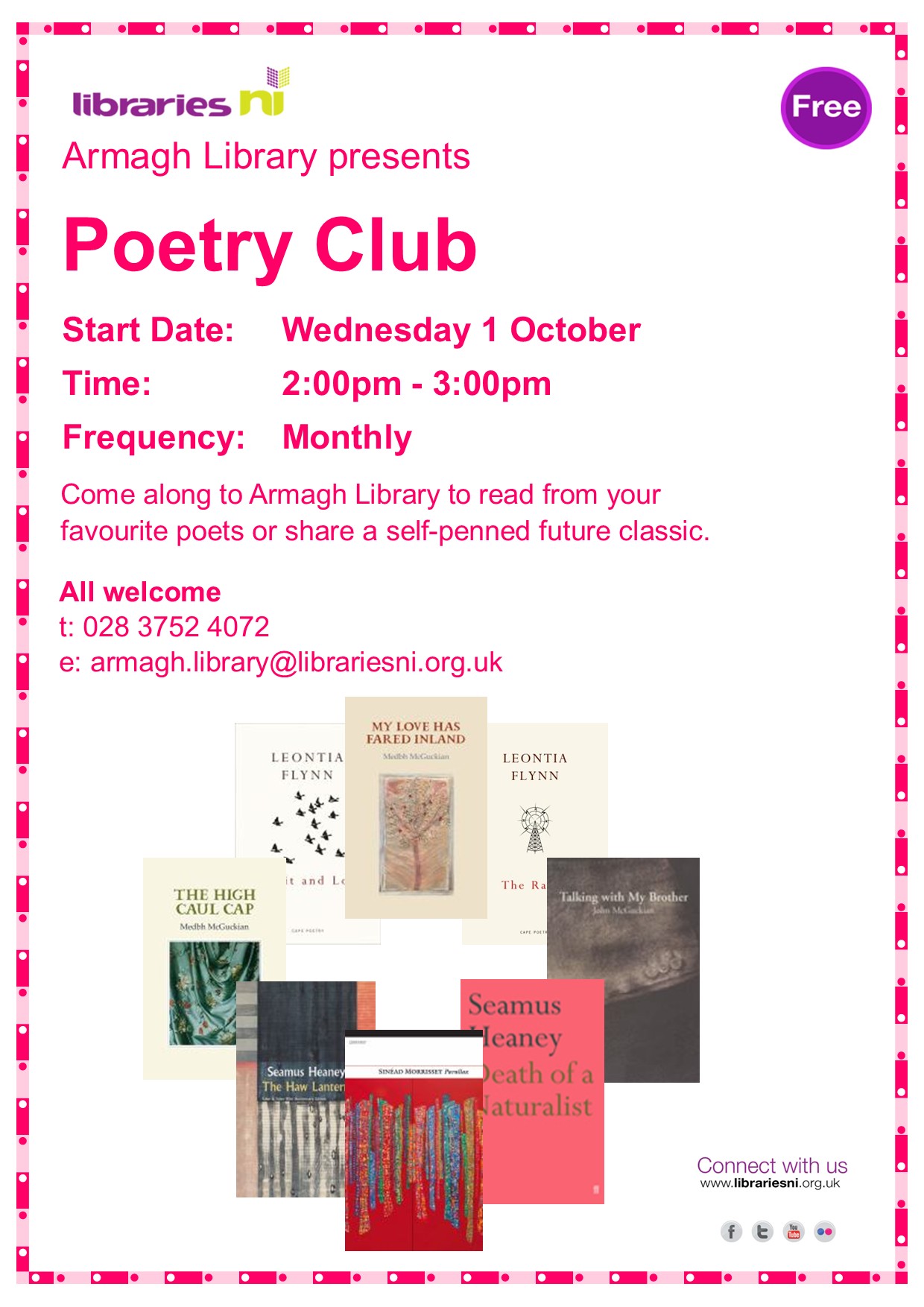
The inaugural night of 'Folk Club @Abbey Lane' got off to a great start with a variety of singers, musicians and poets
entertaining for over 2 hours. With the 'Adrian Kissane Trio' leading the way and Pauline McDonald , the singing MC,
the evening was peppered with new and well known singalong songs from local talents.
Next occasion is Friday 26th 8.30pm start. BOYB and just £10 @ door from 745pm. All talent welcome to try out your own compositions
or sing/ recite your favorite piece with a supportive audience in a relaxed atmosphere of Abbey Lane Theatre.
Here are some of the performers on the night.
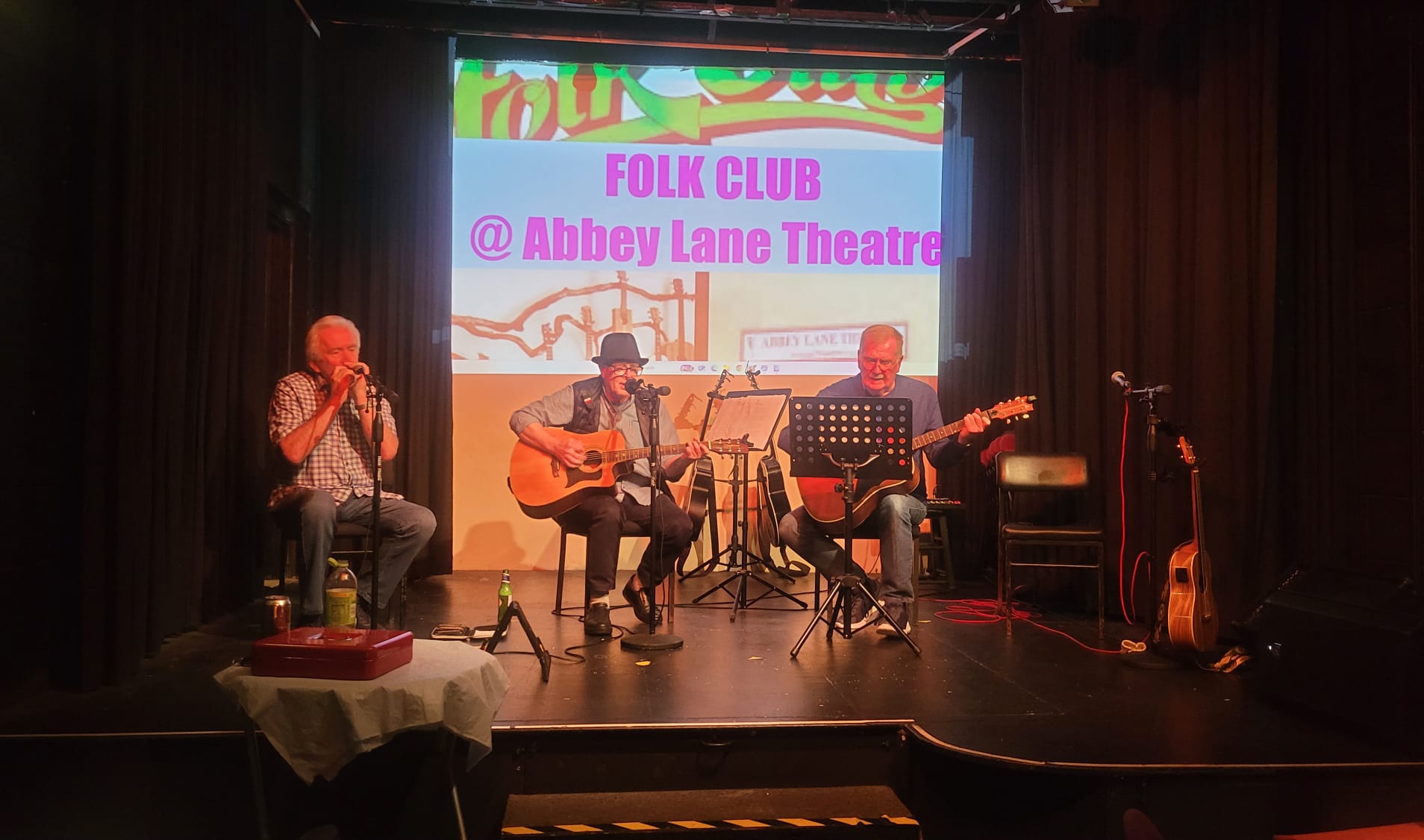
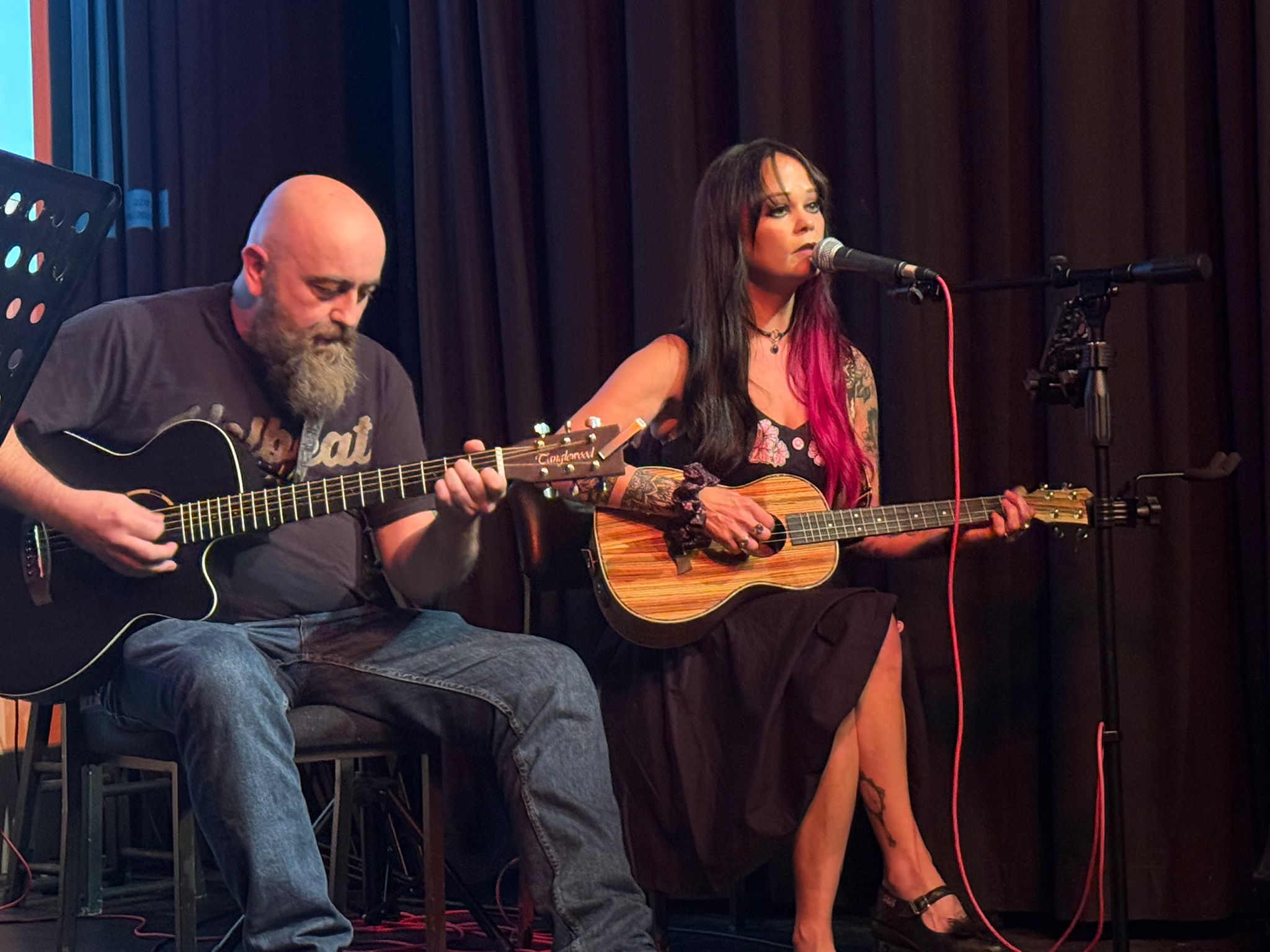
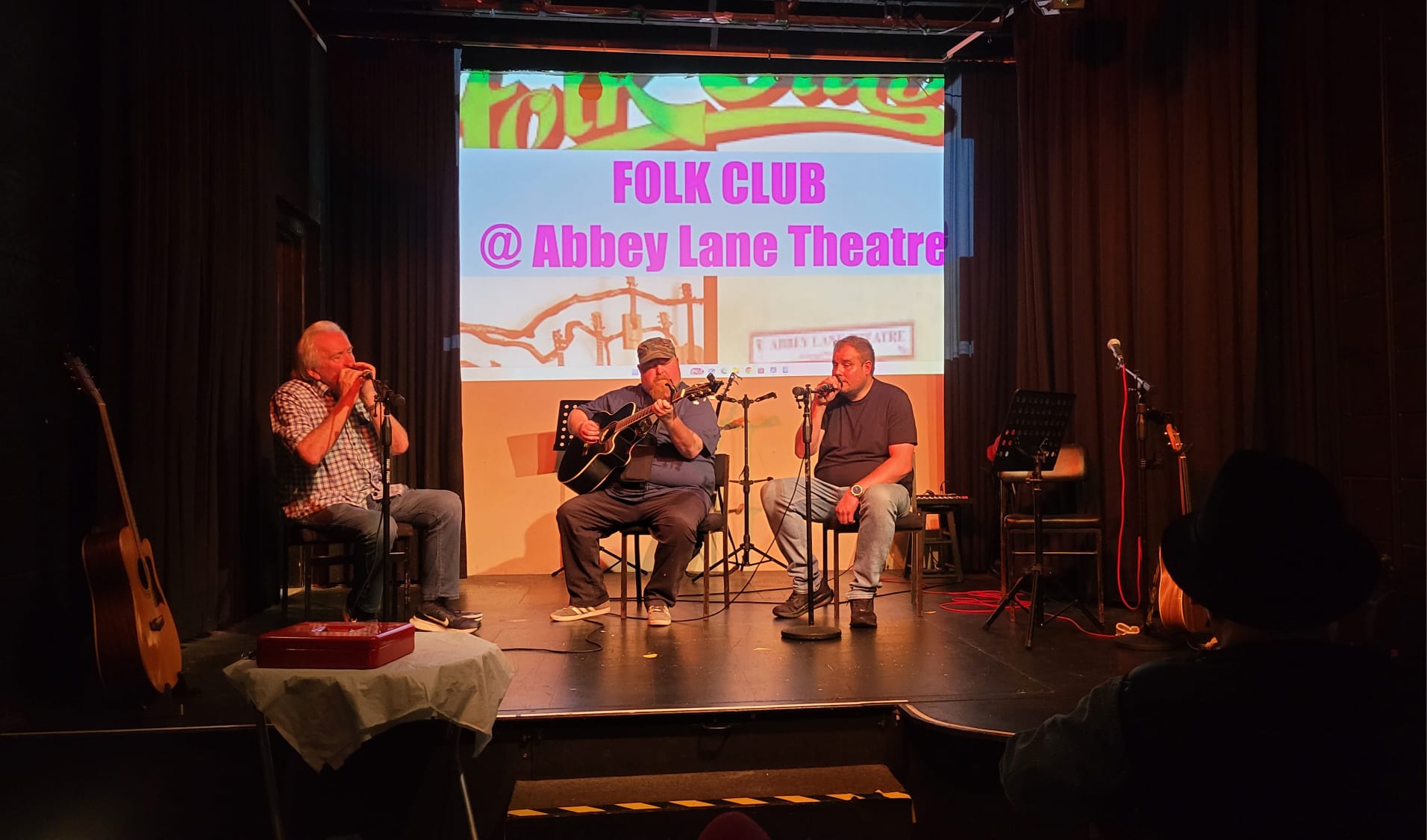

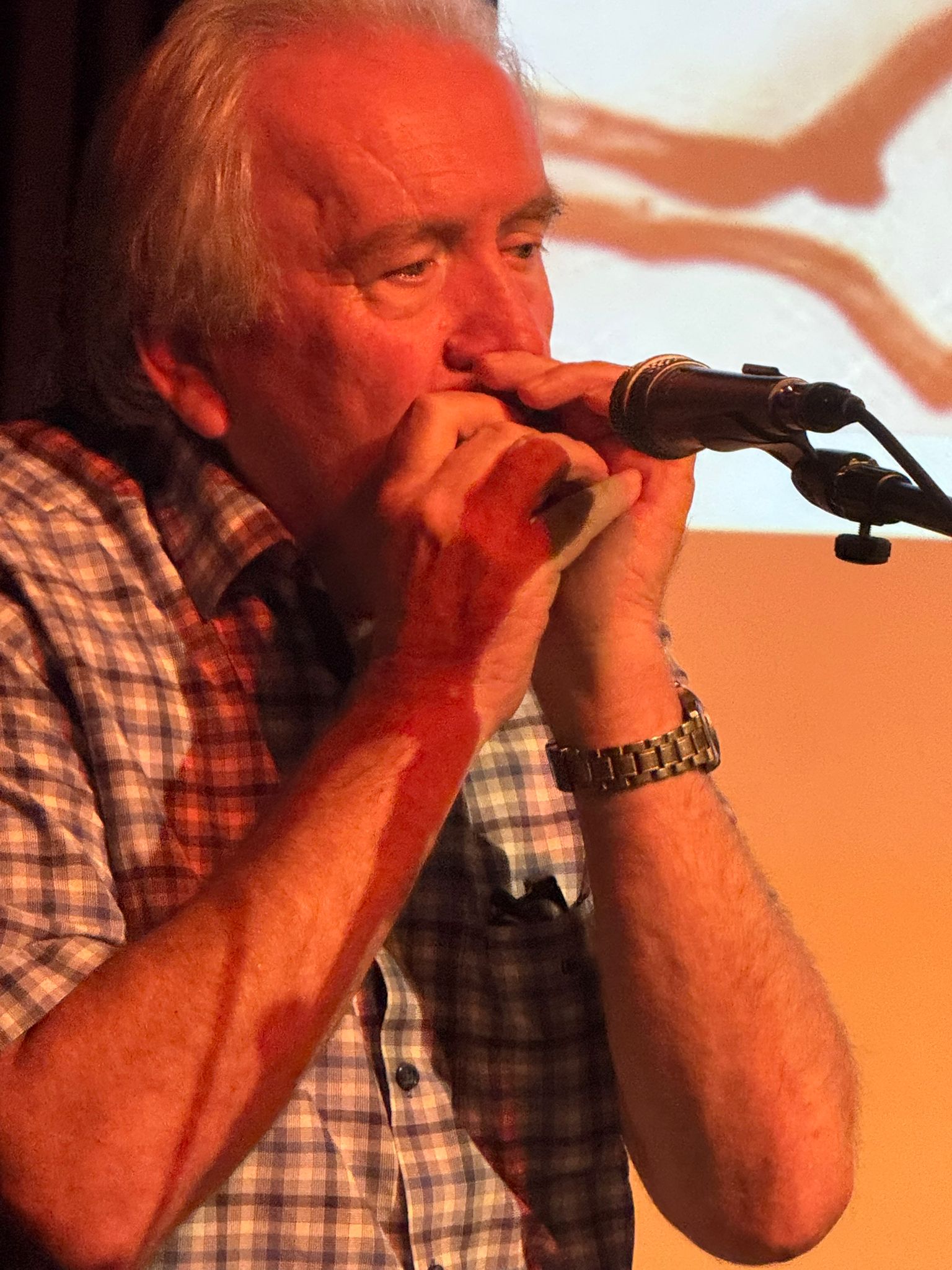


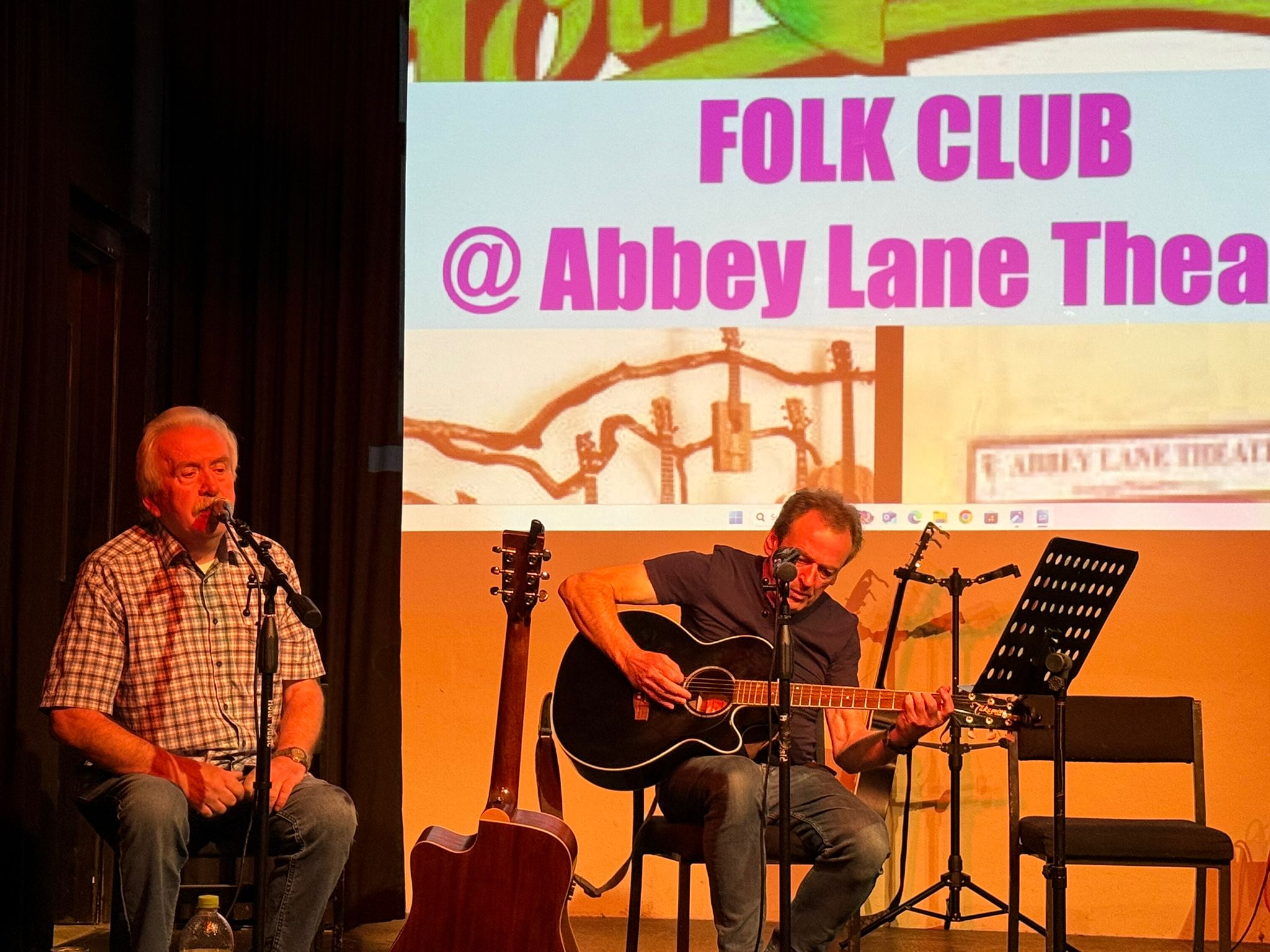

'And in a packed programme tonight..' Monty Python
And in a packed Abbey Lane on Friday night our Open Mic got a great send off with over 30! wonderfully talented poets, writers, musicians and singers.
Joining those, our special guest King Colin (Hassard) . A surprise appearance of spoken word Queen Cathy Carson and musical opening by Eoin Kelly.
This was one of the biggest turnouts in the 10 years of the monthly event . Hosted by Malachi and assisted by Matthew Toner (techy) Tim Hanna ( box office) and a loyal team of assistants the bammy summer evening allowed for an overspill on to the courtyard.
So in no particular order contributors were Poets :John Henderson; Michaela McDaid; Emi Uyemastsu; Sarah McCaughan; RosalineCallaghan; Orla Finnegan; Tadhg Carey; Ashton Palmer; Darcy Dougan; Amy Louise Wyatt; Alex Cregan; Yvonne Boyle; Malachy Harris; Nicole Yurcaba; Mars Duignan;
Veronica Keys; Fin Keegan and Malachi Kelly.
Singers/Musicians: Fiona Keane, Mayo; Jonathan Byrne, Newry; Ryan Delaney
Writers/Performers/Prose : Niall McArdleJohanna Gallagher; Joseph Conlan; Siobhan Murphy; Molly McGill; and the one and only Dymphna Ferran.
Highlighting the disaster continuing in Gaza were Valerie Byrne, Margaret Holland and Barry McKee.
